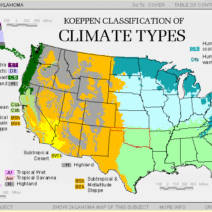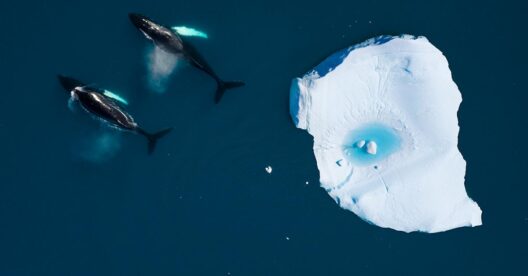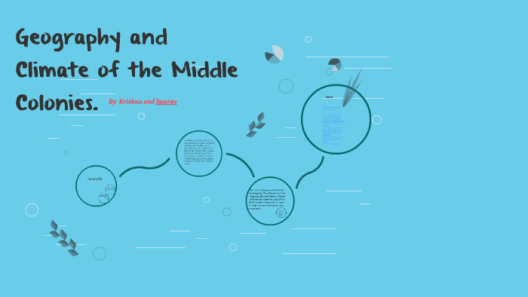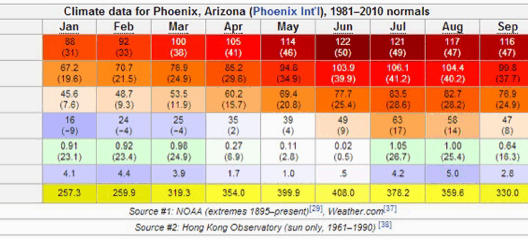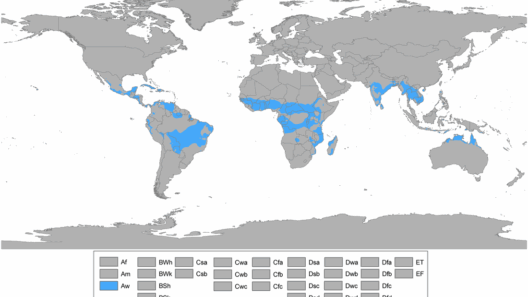South America, a continent of stunning contrasts and diverse ecosystems, boasts an array of climates that range from the tropical warmth of its northern regions to the frigid expanses of its southern extremities. Have you ever pondered how such a vast continent can encapsulate such a wide spectrum of weather patterns? The climate of South America is not merely a backdrop of scenery; it profoundly impacts the continent’s ecology, agriculture, and human habitation. The complexities of these climatic zones present both intriguing challenges and possibilities for the future.
Beginning at the northern reaches of South America, we encounter the tropical climate that is quintessentially characterized by high temperatures and abundant rainfall. Regions such as Colombia and Venezuela are adorned with lush rainforests and vibrant biodiversity, with ecosystems thriving under the relentless sun and regular monsoons. This tropical climate nurtures the Amazon Rainforest, often referred to as the “lungs of the Earth,” which plays a crucial role in carbon sequestration and oxygen production. Yet, how can we balance the economic needs of local communities with the imperative to preserve such a vital resource?
As we traverse further south, the climate transitions gradually into subtropical regions characterized by a more temperate atmosphere. In countries like Brazil and northern Argentina, you find the unique blend of warmth and humidity, leading to fertile agricultural areas known for producing soy and coffee. However, the encroachment of agriculture into these often delicate systems raises pressing questions: At what cost are we reaping the benefits of agricultural expansion? The challenge lies in finding equilibrium between development and conservation, ensuring that agricultural practices do not irreparably harm the environment.
Moving even farther south, the temperate climate of central and southern Argentina reveals yet another layer of complexity. This region, known for its diverse habitats, experiences distinct seasonal changes, which significantly influence its fauna and flora. The vast Pampas grasslands, famous for their rich agricultural yields, contrast with the Andean mountain chains that dominate the western landscape. Here, the interplay of altitude and latitude creates microclimates that support unique ecosystems. As climate change intensifies, what strategies can we devise to protect these diverse habitats from the adverse effects of shifting weather patterns?
Now, the southernmost tip of South America presents a stark dichotomy with its cold climate. The region of Patagonia, stretching across Chile and Argentina, showcases stunning glacial landscapes that lie in sharp contrast to the lushness of the north. This harsh environment presents formidable challenges, not just for human habitation but for the survival of the endemic species adapted to its chilling conditions. The delicate balance of these ecosystems is increasingly threatened by climate change, leading to questions about the future of biodiversity: How can we ensure the survival of species that rely on these now-at-risk ecosystems?
Across all these climatic zones, South America faces pressing environmental challenges catalyzed by human activity. Deforestation, urbanization, and industrialization are reshaping landscapes and weather patterns alike. The degradation of the Amazon Rainforest, for example, emits vast quantities of carbon dioxide, which compounds global warming and disrupts weather systems far beyond its boundaries. Urban areas are expanding at an unprecedented pace, leading to pollution and habitat loss, which complicate efforts to combat climate change. Each activity, while motivated by economic growth or resource development, contributes to a larger, interconnected problem that transcends regional boundaries.
Furthermore, consider the social implications of such climatic diversity. Indigenous communities hold invaluable traditional ecological knowledge that is often overlooked in modern environmental discourse. Their methods of sustainable land management and deep understanding of local ecosystems offer critical insights. Engaging these communities in climate change mitigation efforts could lead to more effective and culturally sensitive solutions. The challenge lies not only in recognizing these voices but in integrating them into the broader framework of climate policy.
In light of these complexities, what proactive measures can be undertaken to safeguard South America’s diverse climates and ecosystems? Solidifying collaborative efforts among nations, governments, and local communities is paramount. Initiatives such as reforestation projects, sustainable farming practices, and renewable energy developments can provide pathways to a healthier environment. Furthermore, investment in sustainable technologies and infrastructure will play a crucial role in adapting to climatic shifts.
In conclusion, South America’s climate is a mosaic of extremes, each region presenting unique challenges and opportunities. The responsibility to responsibly navigate these intricacies is crucial for future generations. While the temptations of agricultural expansion and industrial growth loom large, it is imperative to seek solutions that prioritize environmental sustainability. In our pursuit of economic development, we must also condemn environmental degradation, ensuring that the bonds between humanity and nature remain intact. The question remains: can we rise to the challenge and champion a more sustainable future for South America and, thereby, the world? As climate change continues to rear its head, the answer demands urgent attention.

